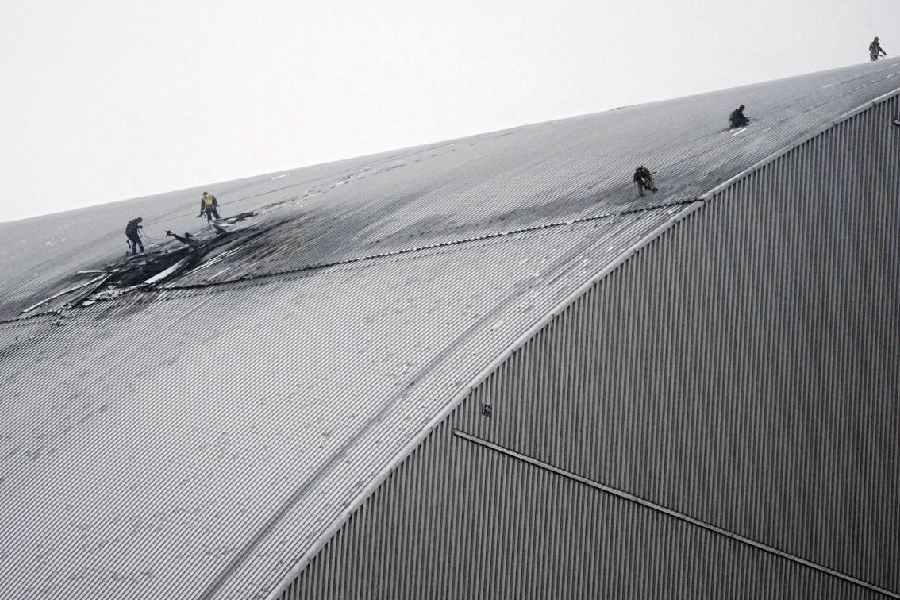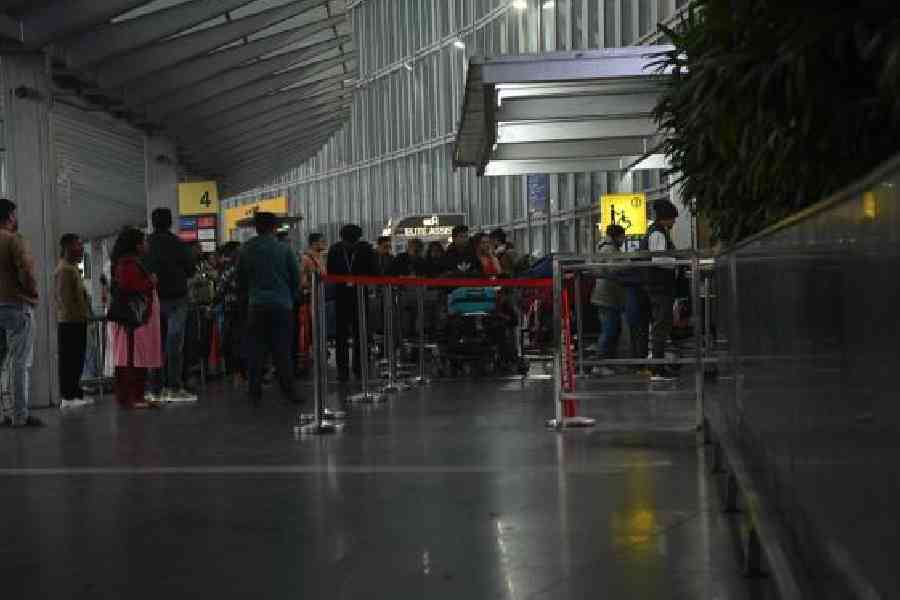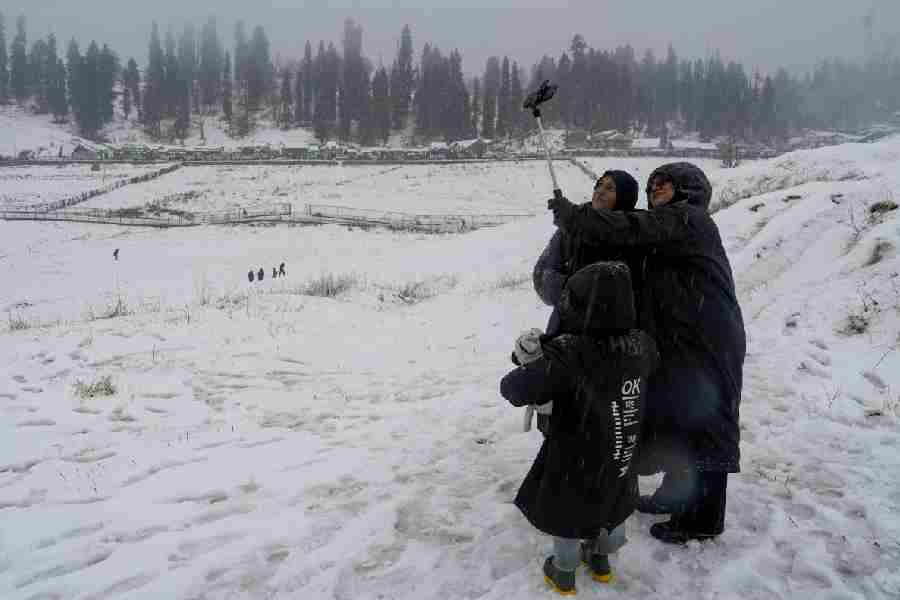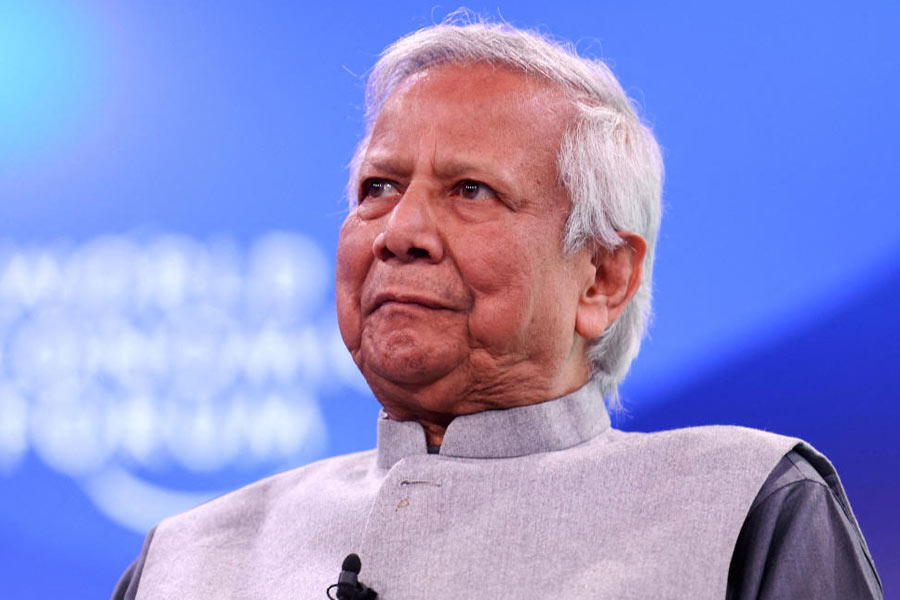Five technicians secured by wires worked near the curved top of an arched steel structure that loomed the equivalent of 40 stories high, trying to extinguish the last bits of smouldering insulation left by a drone strike. It was snowing, the temperature was below freezing and the steel was covered with ice.
The hole from the strike was quite large, about 164 square metres, and dangerous for many reasons — primarily because it jeopardised the safety of the protective shell covering Reactor No. 4 at the Chernobyl nuclear power plant, the site of the worst nuclear disaster in history.
The breach was also deliberate, Ukrainian officials said, punched through at 1.59 am (local time) on Friday by a Russian drone with a high-explosive warhead. Nuclear experts called it one of the most potentially dangerous attacks since Russia invaded Ukraine almost three years ago.
Despite the strike, radiation levels at Chernobyl remained normal on Friday. Far below that arched hood, the concrete-and-steel “sarcophagus” encasing the reactor and highly radioactive debris held. No one was injured or killed.
Still, Ukrainian authorities described the strike as audacious, hitting a nuclear power plant on the eve of a gathering of world leaders in Munich.
The Kremlin denied that Russia’s military had struck the plant. Its spokesperson, Dmitry Peskov, implied that the breach was some kind of fraud by the Ukrainians. “The Russian military does not do this,” he said.
Workers extinguished the fire early on Friday, but insulation still burned as of late afternoon, said Andriy Danyk, the head of the State Emergency Service of Ukraine, as he stood in the median of a parking lot in front of Reactor No. 4. But the hole will take months to fix, he added.
“You have an amazing, terrible situation, because that’s not supposed to happen,” said Shaun Burnie, a senior nuclear specialist at Greenpeace who has monitored nuclear power plants in Ukraine since 2022 and who visited Chernobyl on Friday. “It was never designed for a deliberate military attack. We’ve been investigating Russian war crimes, and this looks like another one.”
On Friday, Ukrainian officials showed journalists bits of the drone they say hit the plant — a Shahed, typically deployed by Russia and stamped with the code of 15480.
New York Times News Service










